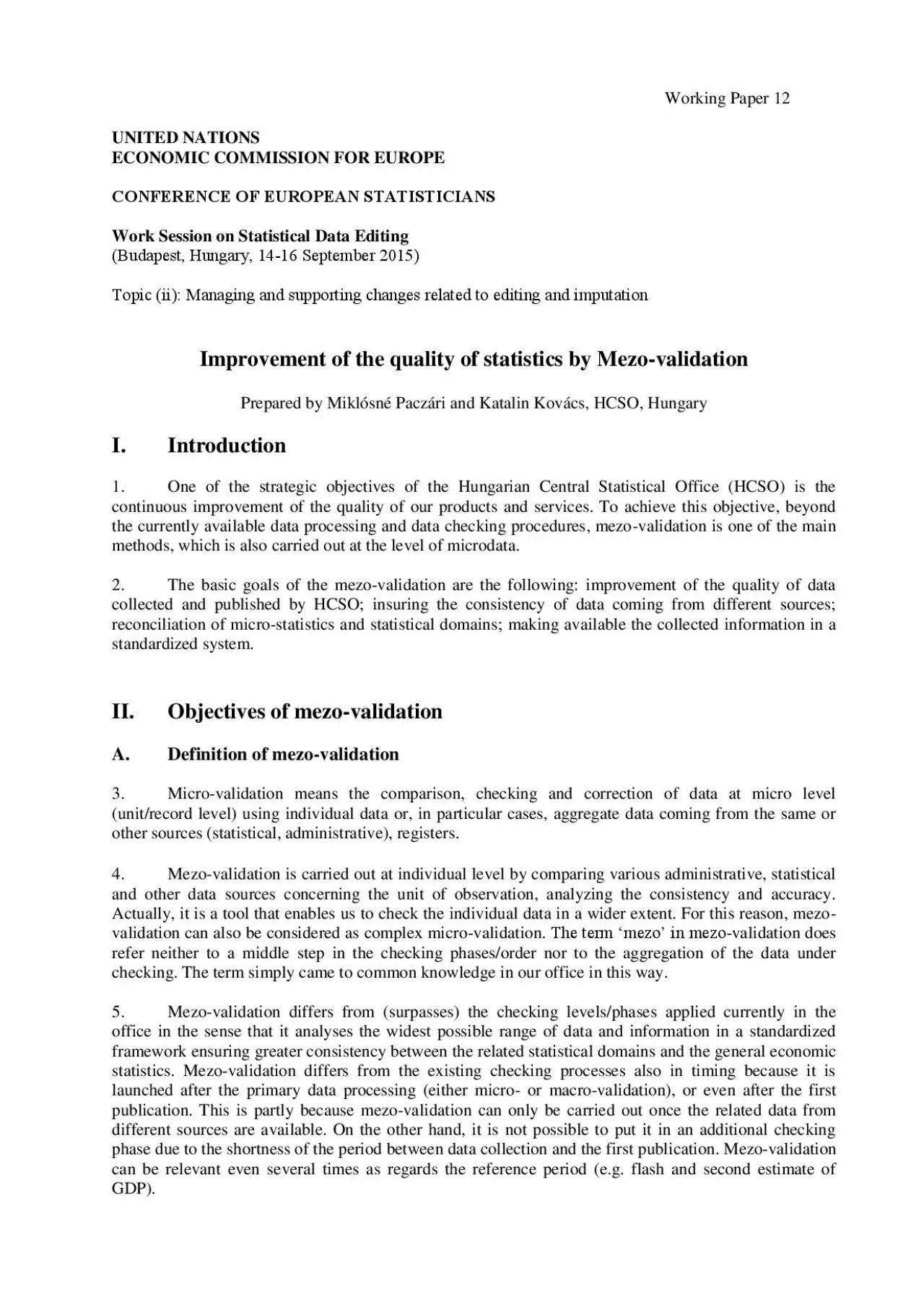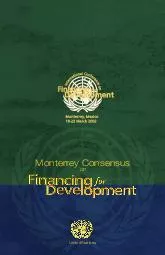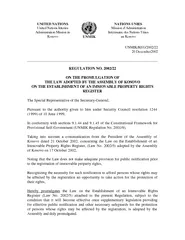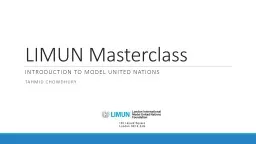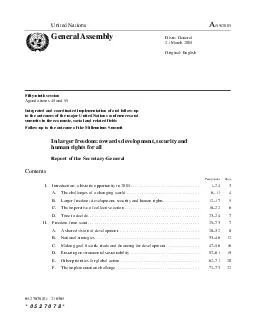PDF-UNITED NATIONS
Author : danya | Published Date : 2021-06-20
W orking P aper 12 ECONOMIC COMMISSION FOR EUROPE CONFERENCE OF EUROPEAN STATISTICIANS Work Session on Statistical Data Editing Budapest Hungary 14 16 September
Presentation Embed Code
Download Presentation
Download Presentation The PPT/PDF document "UNITED NATIONS" is the property of its rightful owner. Permission is granted to download and print the materials on this website for personal, non-commercial use only, and to display it on your personal computer provided you do not modify the materials and that you retain all copyright notices contained in the materials. By downloading content from our website, you accept the terms of this agreement.
UNITED NATIONS: Transcript
Download Rules Of Document
"UNITED NATIONS"The content belongs to its owner. You may download and print it for personal use, without modification, and keep all copyright notices. By downloading, you agree to these terms.
Related Documents

